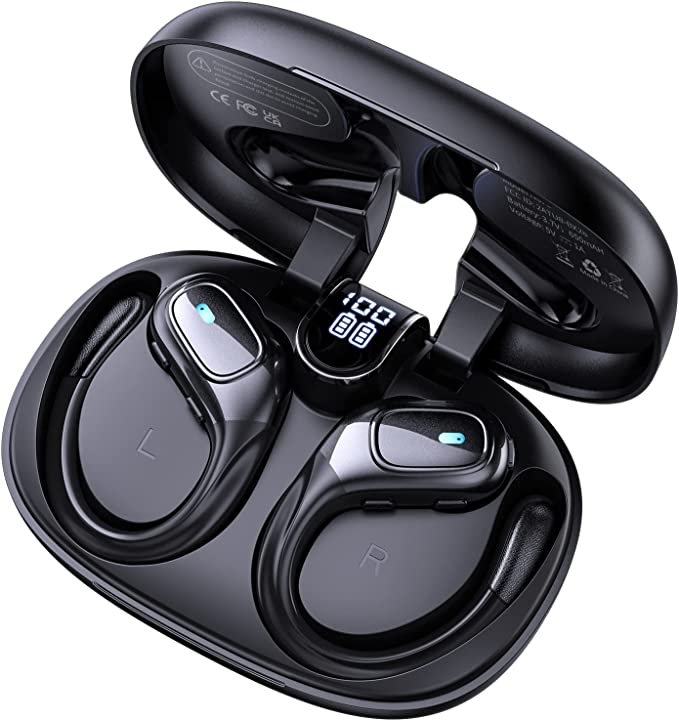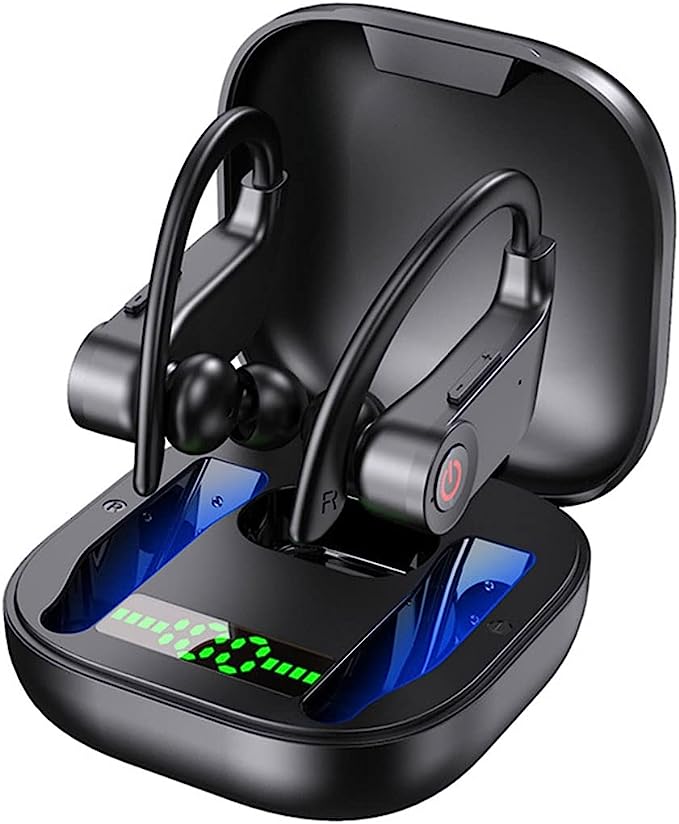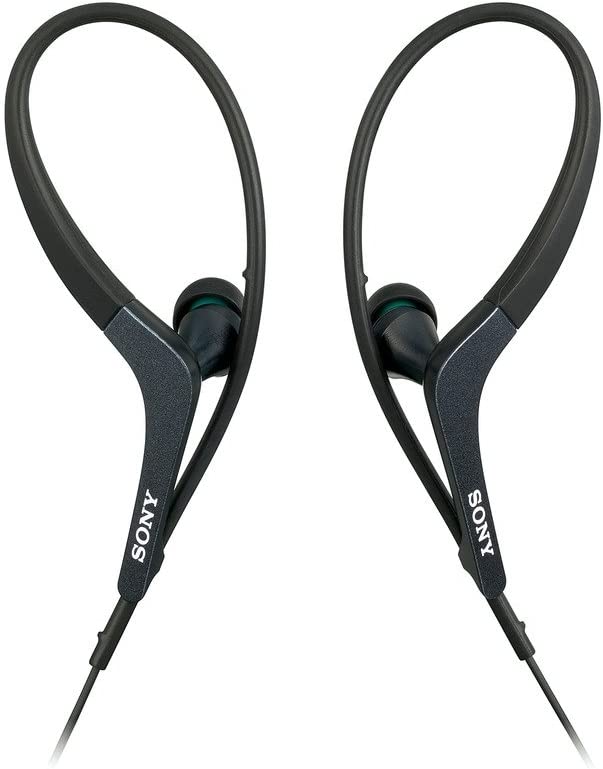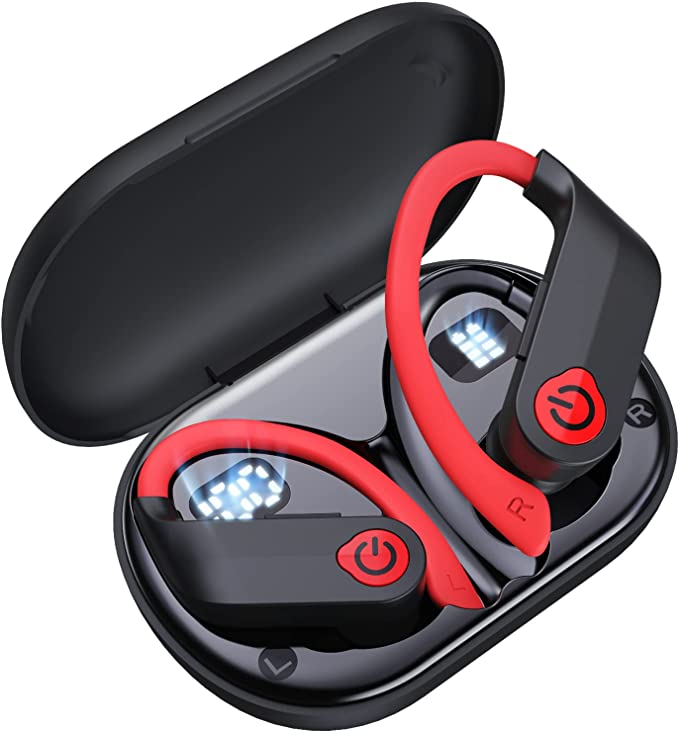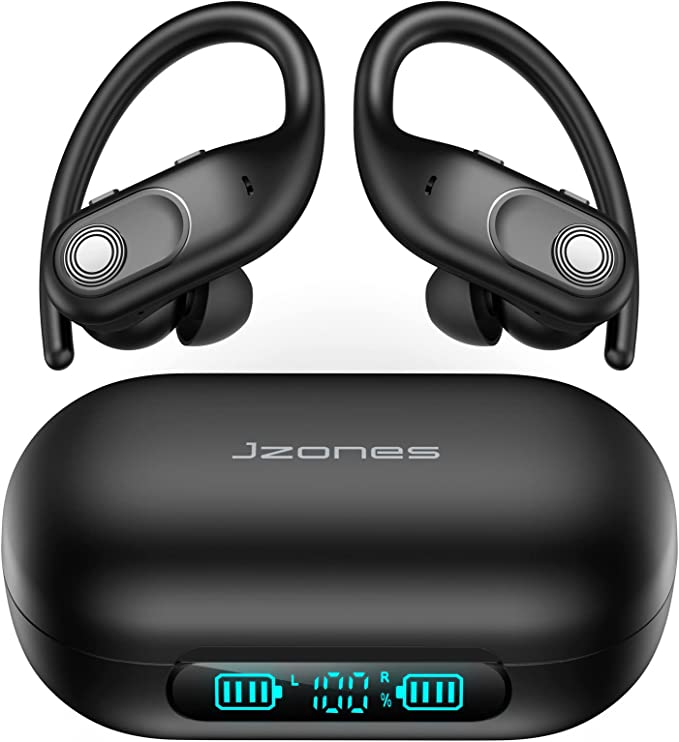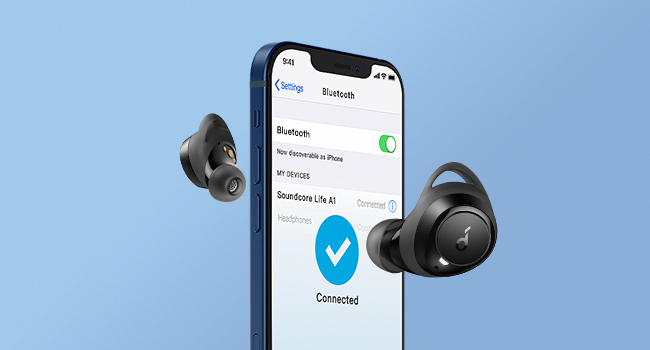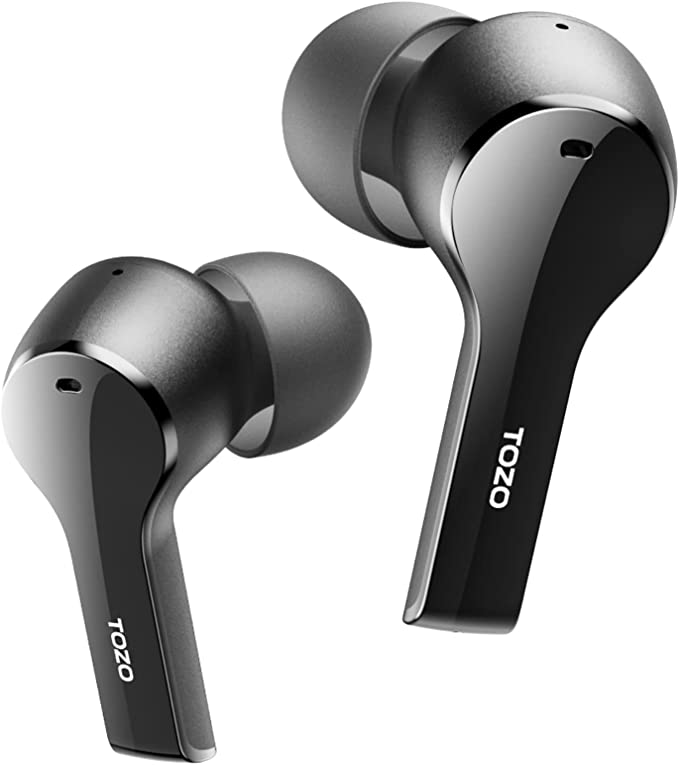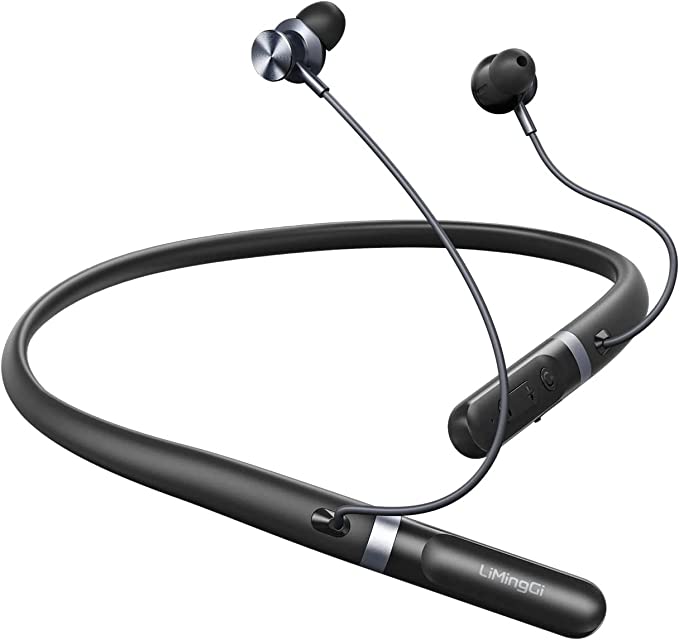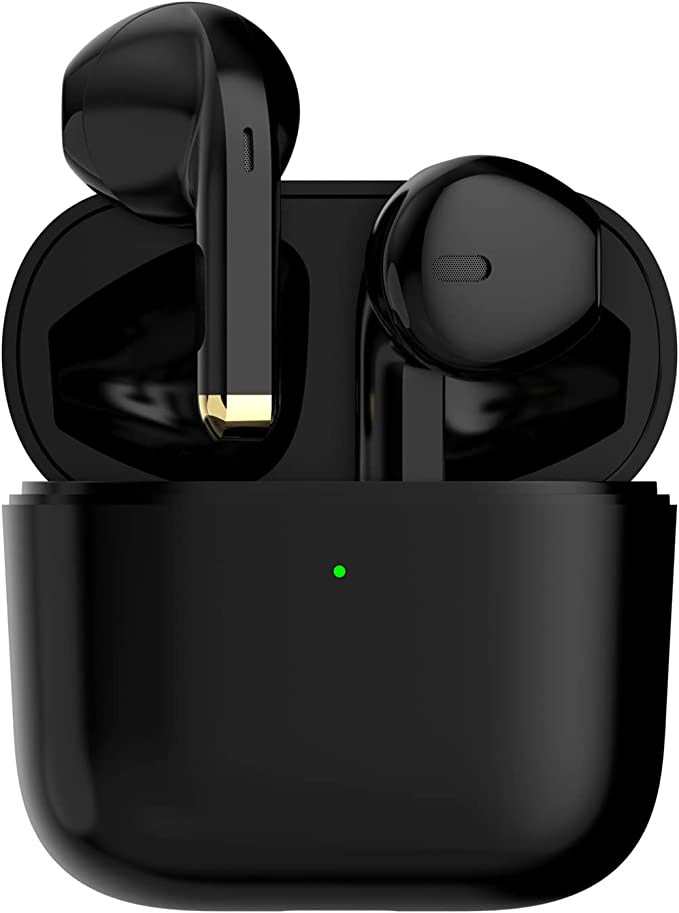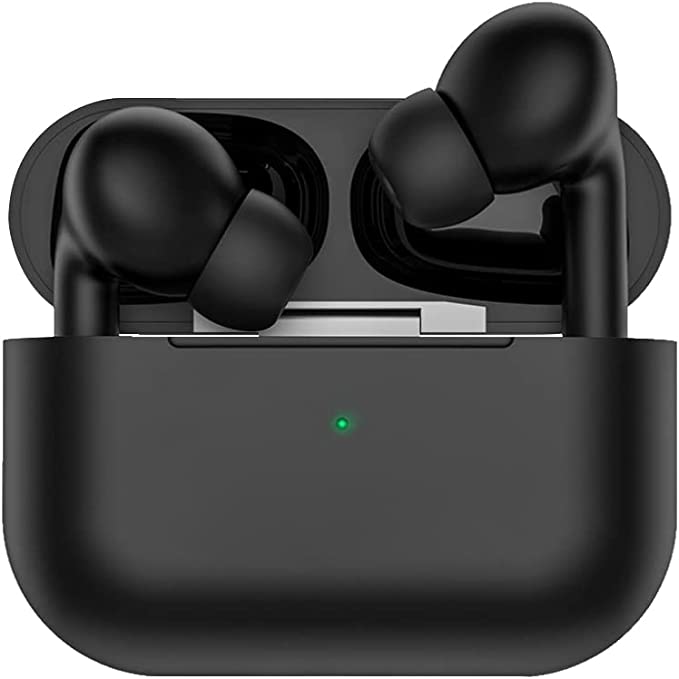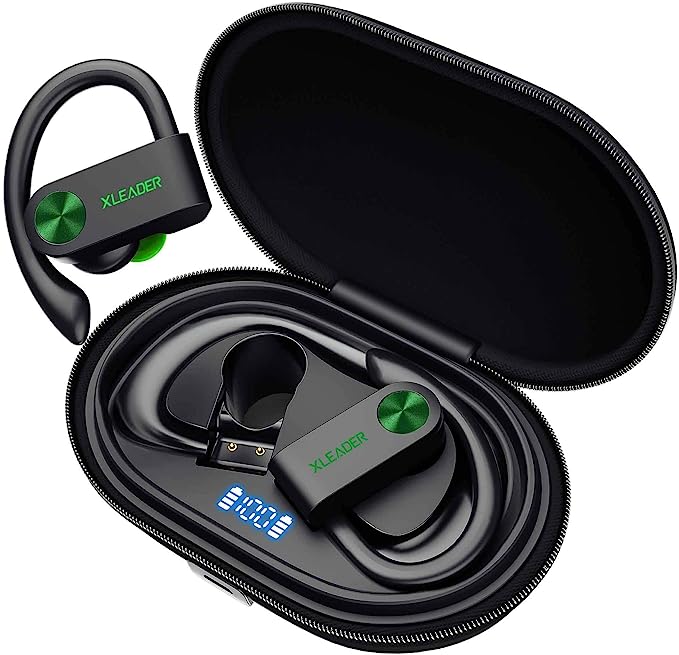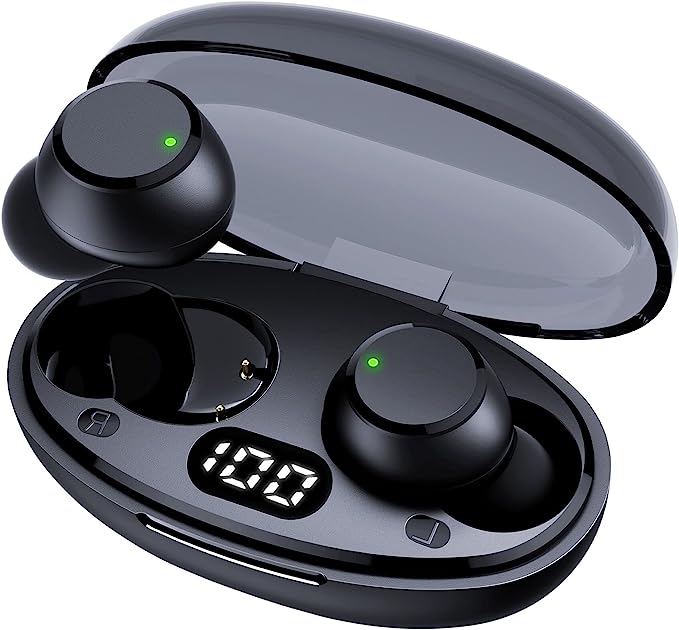The Sport Earbud Advantage: A Case Study in Pragmatic, "Anti-Sleek" Design
Update on Nov. 14, 2025, 10:33 a.m.
In the audio market, “progress” is often synonymous with “sleek.” We’re told that smaller, lighter, and touch-sensitive True Wireless (TWS) earbuds are the future. Yet, this “sleek” philosophy has created a massive market of users who are frustrated with earbuds that fall out, batteries that die, and touch controls that fail under pressure.
This has given rise to the “pragmatic” sport earbud. These devices, like the hadbleng Q28S PRO, are an exercise in function over fashion. They are often larger, clunkier, and unapologetically not sleek.
And their users love them for it. With over 770 reviews, the Q28S PRO boasts a 5.0/5.0 for Value, 4.8/5.0 for Comfort, and 4.6/5.0 for Battery Life. This isn’t a review, but a first-principles analysis of the three key engineering choices that make this “anti-sleek” design a smarter choice for its target user.

1. The Engineering of Stability: The Earhook
First, we must correct a glaring data error. This product is often mislabeled as “Over Ear.” It is not. It is a classic “earhook” (or “over-ear hook”) design. This is its most important physical feature.
The “Sleek” Problem (TWS): A standard TWS earbud relies on friction and internal ear pressure to stay in. During a high-impact workout (running, jumping), the shock, vibration, and sweat quickly break this friction, causing the earbud to fall out.
The Pragmatic Solution (The Q28S PRO):
The earhook is a pure, physics-based solution. It’s an ergonomic, flexible, soft silicone hook that loops over the cartilage of your ear.
* It provides a mechanical anchor. It adds a second, crucial point of contact that does not rely on pressure inside your ear canal.
* It isolates the bud from impact. The hook absorbs the shock of your run, so the in-ear portion (which provides the sound seal) remains stable.
This is why it earns a 4.8-star comfort rating. Users report they are “super comfortable” and “you can actually forget you have them on.” It is an engineering solution that prioritizes stability for workouts over invisibility in an office.

2. The Engineering of Endurance: The 800mAh “Power Plant”
TWS earbuds are sold in “jewelry box” style cases that are small, sleek, and often only hold 2-3 extra charges. This is a design that prioritizes pocketability.
The Pragmatic Solution (The Q28S PRO):
This product rejects “pocketability” in favor of raw endurance. The spec sheet reveals an enormous 800mAh charging case. This is not a “jewelry box”; it’s a portable power plant.
* The Physics: A standard TWS bud might have a 40mAh battery, and its case a 300mAh battery. The Q28S PRO’s 800mAh case has 2-3 times that capacity, which is the physical reason it can provide 48 hours of total playtime and “5 extra charges.”
* The Interface: When your battery is this large, a simple “green light” is useless. The Dual LED Digital Display is a necessary feature. It acts as a fuel gauge, showing the precise 1-100% charge of the case, so you can manage this massive power reserve.
This 4.6-star battery rating is earned by a deliberate choice: endurance is more important than sleekness.

3. The Engineering of Reliability: The Physical Button
This is the most subtle, and most important, “anti-sleek” design choice. TWS earbuds use “smart” touch controls because they are invisible and look futuristic.
The “Sleek” Problem (Touch Controls):
Touch controls are a liability in an athletic environment.
* Sweat/Rain: Water can trigger “ghost” or “phantom” touches, pausing your music or skipping tracks randomly.
* Gloves: Touch controls do not work when you are wearing winter running gloves.
* Feedback: You can’t feel if your “tap” registered, leading to frustrating missed commands.
The Pragmatic Solution (The Q28S PRO):
The Q28S PRO uses a “One Button Control”. This is a physical, tactile button.
* The Engineering: This is a deliberate rejection of “sleek” in favor of reliability. A physical button provides unambiguous, tactile feedback. You know when you’ve clicked it.
* The Result: It works when your hands are sweaty. It works when you’re wearing gloves. It never mis-fires from a drop of rain. The spec sheet even says it: “the button controls are easy to use, avoiding any manipulation.” This is a smarter design for an athlete.

The “Bonus” Specs: Commodity Miracles
By saving money on “sleek” R&D, the $23 budget can be spent on “commodity miracle” features that add huge value. * IPX7 Waterproof: An “immersion-proof” rating (up to 1m for 30 mins) is now a cheap, standard manufacturing process. This is a must-have for a sport earbud, and it delivers. * 13.44mm Driver: The earhook design separates the electronics, leaving more room in the earbud housing for a massive 13.44mm speaker and its “triple-layer composite membrane.” This is the physical reason its sound can be “better than my old Bose,” as one user claimed. It’s simply a bigger speaker. * ENC Mic: It includes “ENC noise cancellation” for calls. This is not Active Noise Cancellation (ANC) for listening, but it’s a valuable feature for making your voice clearer to the person on the other end.
Coda: The 5.0-Star Value Proposition
The hadbleng Q28S PRO is a “5.0-star Value” winner because it is a perfectly executed piece of pragmatic engineering. It is a tool for users who are done with the failures of “sleek” design.
It delivers on the three things an athlete actually needs:
1. Stability: It will not fall out (Earhooks).
2. Endurance: It will not die (800mAh case).
3. Reliability: It will not fail when you’re sweaty (Physical Button).
It is the ultimate “worry-free” utility headphone, built for function, not fashion.

